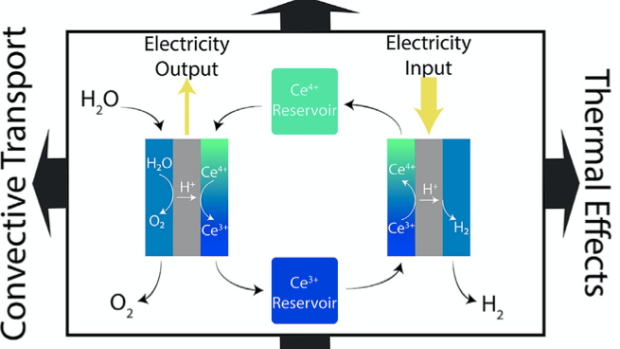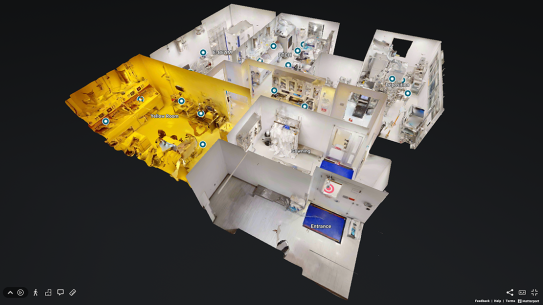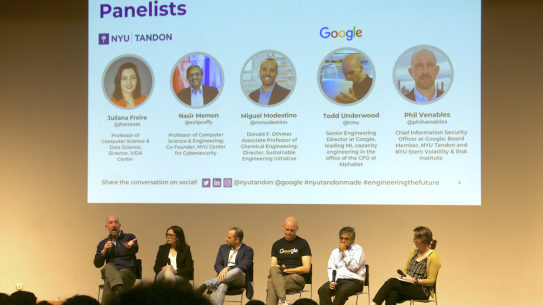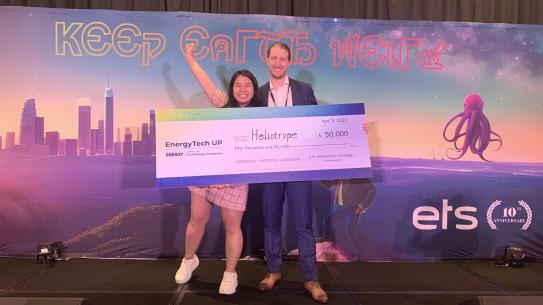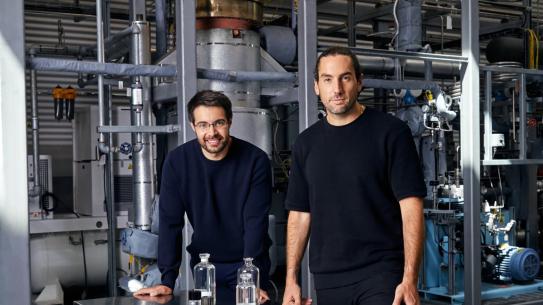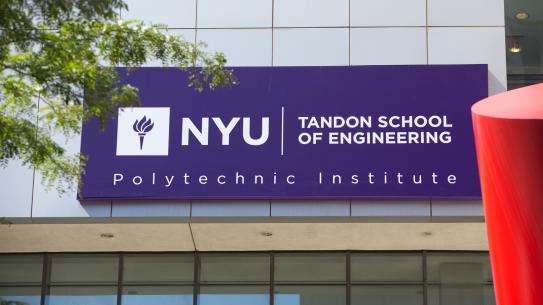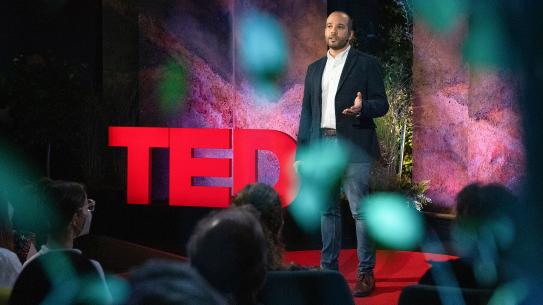Miguel Modestino
-
Director, Sustainable Engineering Initiative
-
Donald F. Othmer Associate Professor of Chemical Engineering

Our research lies at the interface of multifunctional material development and electrochemical engineering. Electrochemical devices are ubiquitous to a broad range of energy conversion technologies and chemical processes. Their core components rely on complex materials that provide the required electrocatalytic activity and mass transport functionality. Our group has expertise in composite materials development, processing and characterization; and this expertise is used to improve and redefine electrochemical reactors with direct industrial applications. Our applied research approach also relies on fundamental understanding of the materials’ self-assembly and how their morphology and surface properties affects the mass transport and performance of electrochemical devices.
Education
University of California, Berkeley 2013
Ph.D., Chemical Engineering
Massachusetts Institute of Technology 2008
M.S. , Chemical Engineering Practice
Massachusetts Institute of Technology 2007
B.S., Chemical Engineering
Awards
- Goddard Junior Faculty Fellowship Award, NYU (2020)
- MIT Technology Review Innovators Under 35 Award, Global List (2020)
- National Science Foundation CAREER Award (2019)
- Doctoral New Investigator Award, ACS Petroleum Research Fund (2018)
- MIT Technology Review Innovators Under 35 Award, Latin America (2017)
- Global Change Award, H&M Foundation (2017)
- Energy and Environmental Science Readers’ Choice Lectureship award (2015)
Information for Mentees
Mentoring Style: I am accessible, usually prefer informal interactions but can adjust my style to your needs.
Research News
Spatiotemporal Decoupling of Water Electrolysis for Dual-Use Grid Energy Storage and Hydrogen Generation
This research is led by Miguel Modestino, assistant professor of chemical and biomolecular engineering and Yury Dvorkin, assistant professor of electrical and computer engineering.
Increased efforts to curb global warming have led to a drastic surge in the deployment of renewable electricity sources, such as wind and solar power. However, as these sources form a larger fraction of the energy in the grid, their intermittency has started to cause supply instability and large fluctuations in energy prices.
To mediate this challenge, electrochemical energy storage devices such as lithium ion batteries have started to enter the utility scale market. Also gaining traction are redox flow batteries (RFB) because of their long cycle life and power and energy capacity. Despite their promising performance RFB costs remain high due to low energy density of redox energy carriers, which results in large operational costs.
An alternative energy storage method is the production of energy-dense electrofuels, such as hydrogen (H2). H2 has gained significant attention as a promising energy vector for a renewable-rich energy future, given its high gravimetric energy density that makes it desirable for both stationary and mobile applications.
To make electrochemical hydrogen production more competitive, renewable energy sources need to be used with new strategies for electrochemical hydrogen production. The researchers, including Ph.D. students Daniel Frey (lead author) and Jip Kim, show a cerium-mediated decoupled electrolysis system that produces hydrogen and stores energy in the redox couples. They present electrochemical studies to observe the effects of diffusive transport, convective transport, and thermal effects. Following this, the team performed a techno-economic analysis, focusing on the optimization of the system operation and the identification of target operation parameters to achieve hydrogen production at a competitive price.


